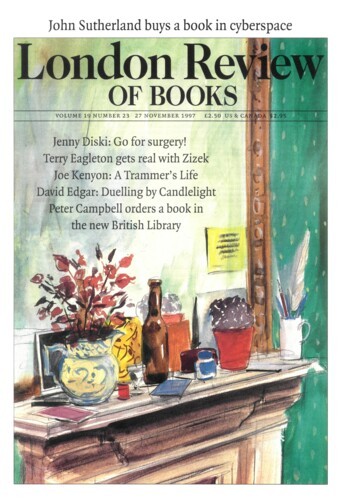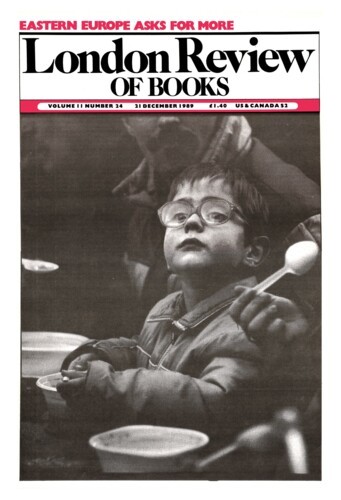And They Prayed
Chauncey Loomis, 27 November 1997
In October 1991 various meteorological phenomena combined to generate a ferocious storm off Canada’s Maritime Provinces and the north-east coast of the United States – a once-in-a-hundred-years storm, a ‘perfect storm’ to use the meteorological term that gives Junger his title. The storm itself is his main subject, but he also focuses on the fate of the Andrea Gail, a 72-foot steel swordfisherman out of Gloucester, Massachusetts, and her crew of six. Somewhere on the Grand Banks or possibly near desolate Sable Island, the Andrea Gail was destroyed by the storm and her crew drowned. There are no witnesses to this mini-disaster. The men died alone, not only out of sight, but even out of radio or radar contact, and, in re-creating the event, Junger can only speculate – which provides the book with one of its haunting qualities. The subject of man against the elements has rarely been treated so effectively.’‘





